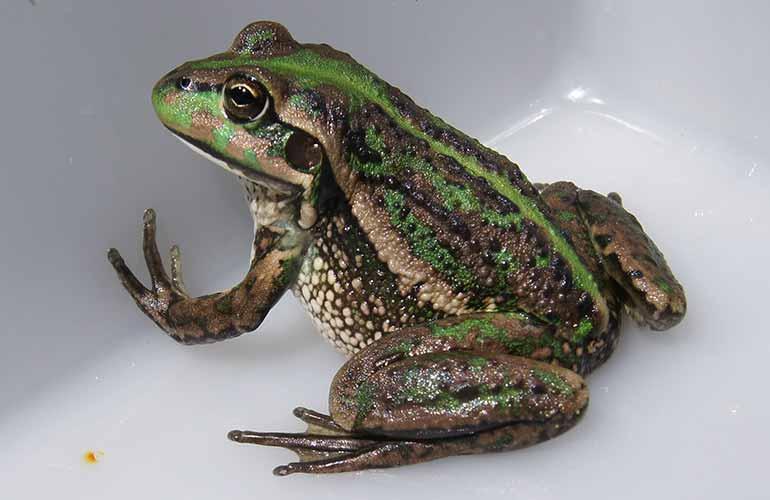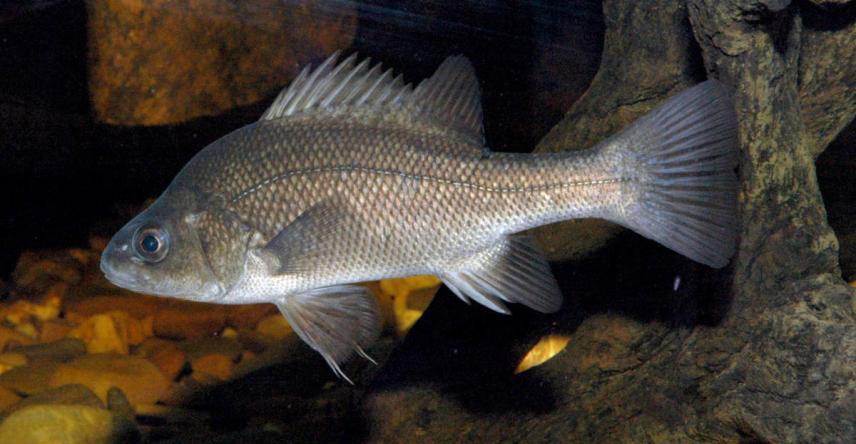The wetlands and floodplains of the Murray–Darling Basin are home to a wide variety of native plants, animals, and birdlife, some of which are only found in particular stretches of the river. Among the native wildlife species of the Basin are 98 kinds of bird, 31 frog species, 46 varieties of snake, 100 types of lizard, 3 species of freshwater turtle and over 60 species of fish.
Despite conservation efforts, changes to the river system since European settlement have resulted in many species living in the Basin becoming endangered or extinct:
- More than 20 mammal species have become extinct, and 16 are endangered.
- 35 bird species are endangered.
- 5 species of snake and one species of lizard are endangered.
- 24 species of fish are recognised as rare or threatened.
Over the past few years, the Basin’s native wildlife have faced tough conditions including widespread drought and flooding, reduced water availability, the effects of intense bushfires, loss and changes to habitat, barriers to fish being able to move through the waterways, and the impact of introduced species.
Together with Basin governments, First Nations, conservation groups, scientists, researchers, and the broader community, we have been involved in a number of projects and measures that aim to support the Basin’s native wildlife and stabilise declining species populations.

The delivery of water for the environment is one of the key drivers that supports environmental outcomes of the Basin. Having enough water for the environment encourages a healthy river system and enables:
- Birds to have places to nest, feed and breed.
- Fish populations to grow and move through the rivers.
- Diverse wetlands to provide homes for frogs, turtles and other animals.
- Healthy ecosystems for communities to enjoy bush walking, camping, fishing, swimming, bird watching and boating.
There are a number of priorities and strategies that help us and our partners make decisions about how to use water for the environment across the Basin. We consider the health of the entire Basin, alongside regional considerations; and our plans are aimed at both the short and long-term needs of the system. As part of this, the protection and restoration of ecosystems that support threatened species is one of the key considerations that helps the Murray–Darling Basin Authority set annual environmental watering priorities.
For example, wetland reedbeds are an important habitat for animals with specialised breeding requirements. At the Great Cumbung Swamp wetland complex on the Lachlan River in New South Wales, a combination of good river flows and delivery of water for the environment over the last three years has resulted in a dramatic recovery in the condition and extent of the reedbeds. Reedbed recovery in the Great Cumbung Swam has resulted in the first official record of the southern bell frog inhabiting the area in 50 years, and the first records of the endangered Australasian bittern in 20 years.

Another example of our work with threatened species is the Native Fish Recovery Strategy, which sets out a program of actions involving government, communities and industries across the Basin to recover native fish for future generations. It is a 30-year strategy that aims to assess the recovery and persistence of native fish, identify and mitigate threats, encourage community involvement, and inform the best research-backed recovery actions.
Everybody has a role to play in the protection and survival of the Basin’s native wildlife. Visit Get Involved @ MDBA for more information about how you can get involved.